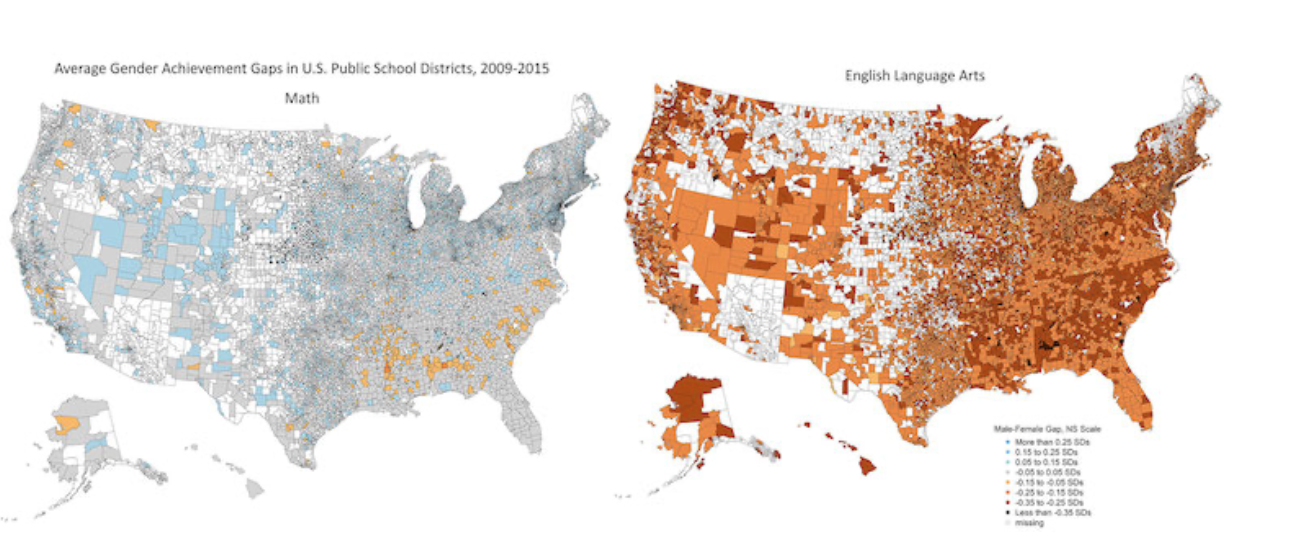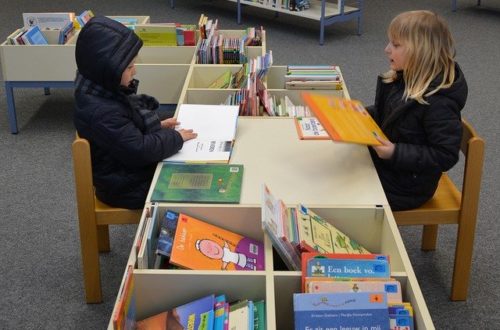The following article was written by Valerie Erde of Veridian Prep and is cross-posted from that website.
Houston, we have a problem.
Our boys and young men are falling behind generally in educational attainment. In fact, worldwide, women are enrolling in college and universities at much higher rates, are achieving higher grades in college, and completing degrees at higher rates than their male peers. One explanation for this disparity is that between the ages of 15-24, boys especially lag their female peers in reading and writing skills – skills necessary for strong performance in high school courses, on standardized tests, and in more rigorous college-level work.
If you’re thinking “oh, that doesn’t matter for my son; he’s a STEM kid,” or “my son got a really high PSAT/ACT/SAT math score, so this isn’t a problem…., “ I encourage you to think again…. and to keep reading.
What’s Going On?
I became really interested in this topic after reading a 2018 New York Times article titled, “Where Boys Outperform Girls in Math: Rich, White, and Suburban Districts,” which looked at a comprehensive report by the Stanford University Center for Education Policy Analysis (CEPA). The study analyzed 260 million standardized test scores for third through eighth graders, in 10,000 school districts, over a seven-year period. The Times’ piece focused on the math gender gap. (See our “bookend post about that here.) But, to put it bluntly, the Times missed what I feel is the much bigger point in that data: in not one of those school districts did boys, on average, score better than girls on English language arts (ELA) standardized tests.
And unlike the math scores, for which the data show that socio-economic factors play a significant role, with ELA scores, it didn’t matter whether the district was wealthy or poor, or what the racial makeup was. In other words.
Everywhere in the U.S. boys are lagging girls in language arts achievement.

While it’s important that we study achievement gaps wherever and for whomever they occur, I agree with Dr. Francesca Borgonovi, professor and former Senior Policy analyst at the OECD, that “boys’ underachievement in reading, remains under-studied compared to the amount of attention that is devoted to examining girls’ under-representation in science, technology, engineering and mathematics (STEM).”
Reading Skills & College Admissions
If your son is a math superstar, and/or simply enjoys it more than other subjects, that’s fantastic! But a high math score alone isn’t enough to secure good composite scores on college entrance exams. This is especially true for the most selective colleges. Take a look at any college’s Common Data Set, and you will see that admissions departments break out math and reading scores in addition to looking at the composite. In this table from Williams College, you can see that the average ACT and SAT math and reading scores hover within a few points of each other:
Williams College Common Data Set

One reason college admissions officers care about reading and writing skills, even for “STEM” kids, is that college and post-graduate work will likely be struggle — perhaps a big struggle – without them — and that’s for any discipline, be it STEM, social sciences, the humanities, or the arts.
“The transition from high school to college can be difficult for many students, because it involves independent learning and considerable hours of study outside of classroom contact time – including the ability to read textbooks and assigned readings.”
— BUCHMANN, DIPRETE, AND MCDANIEL (2008)
And the achievement gap further reinforces the false narrative that boys aren’t as good at reading, writing – really thinking and communicating – as their female peers.
This ELA Achievement Gap Begins Early & Widens As Boys Mature
Fourth grade is when it all starts. Until then, girls and boys read about the same amount in school. But school changes a lot in fourth grade, and educators explain it as a shift from learning to read to reading to learn. If a student isn’t a strong, confident reader by fourth grade, academic life gets a lot more difficult. A weak reader may begin to fall behind, and soon troubles in reading will affect other subjects, as most learning now depends on those reading skills. A vicious cycle commences, as low scores reinforce stereotypes that boys aren’t good at reading and writing.
The ELA gender gap isn’t only about those boys whose reading skills are slower to develop. On average, beginning in fourth grade, girls begin to consume more words than their male classmates—approximately 100,000 more words per year. This dynamic is captured unblinkingly in the Stanford study.
“The ELA testing gap widens between grades 5-8, and … this gap has stayed the same over the past several decades”
— CEPA REPORT, STANFORD UNIVESITY
Professor Borgonovi found that “such underachievement is particularly pronounced at age 15 and can vary depending on characteristics of the test such as how it is delivered, how long it is and what types of reading material are used.”
Why Do Boys Stop Reading?
I know from experience that boys can read critically, analyze texts closely, and engage perceptively and joyfully with a variety of reading material from graphic novels to classic literature to scientific journal articles. Parents and teachers know this too. Then why do so many boys shift their focus away from books as they grow? There are different theories. Some suggest that boys become more active as they get older, unable to sit still and read, but it is more likely that family and community norms play a significant role in influencing boys’ reading habits.
“Gender disparities in performance do not stem from innate differences in aptitude, but rather from students’ attitudes towards learning and their behaviour in school, from how they choose to spend their leisure time, and from the confidence they have – or do not have – in their own abilities as students.”
— OECD “THE ABC’S OF GENDER EQUALITY IN EDUCATION APTITUDE, BEHAVIOUR, CONFIDENCE”
“In 2009, a global [PISA] study of the academic performance of 15-year-olds found that, in all but one of the 65 participating OECD countries, girls greatly outnumber boys among students who read for enjoyment.”
“It could be about some set of expectations, it could be messages kids get early on or it could be how they’re treated in school,” saysSean Reardon, a professor who studies social and educational and inequality at Stanford. “Something operates to help boys more than girls in some places and help girls more than boys in other places.”





